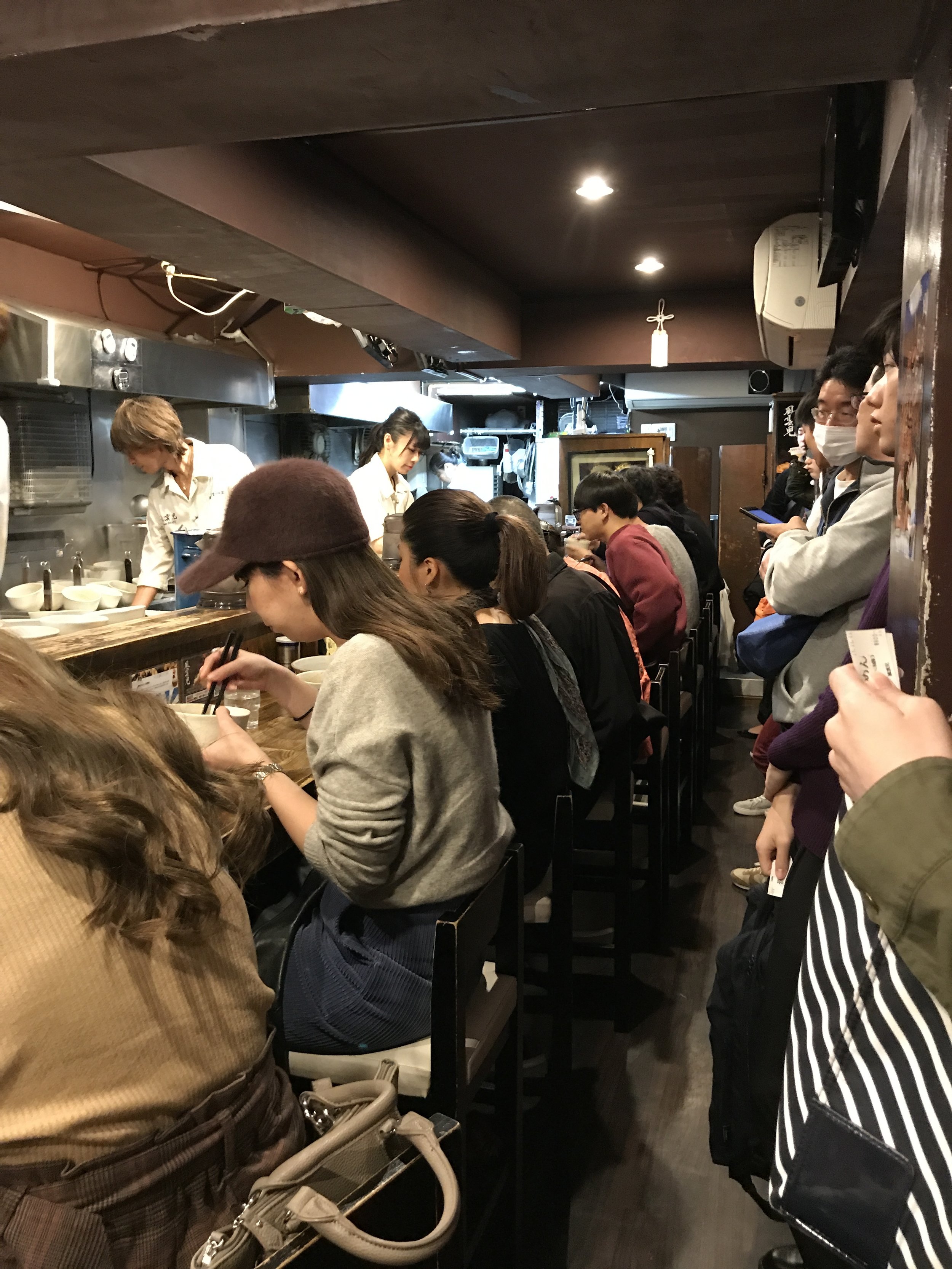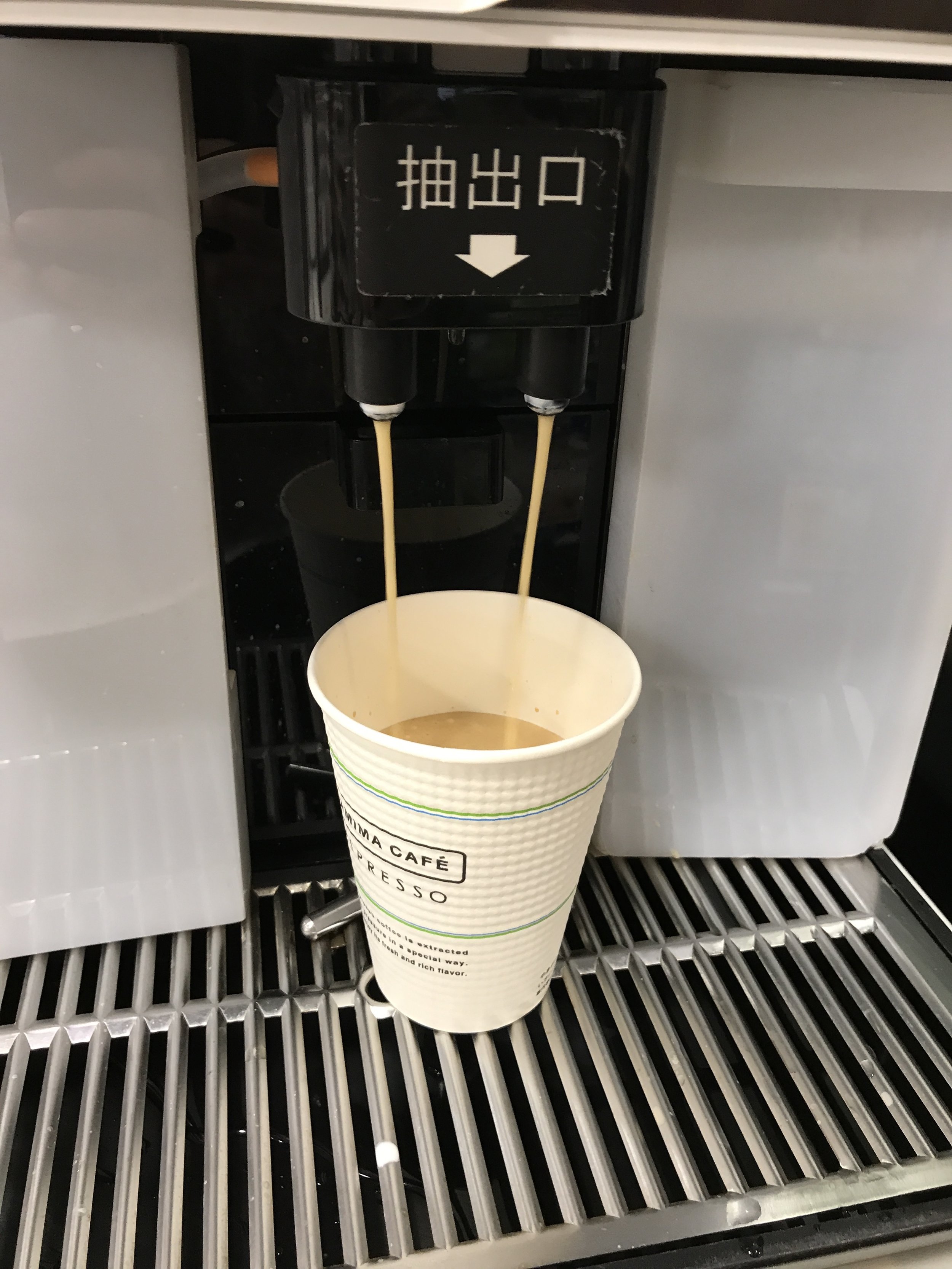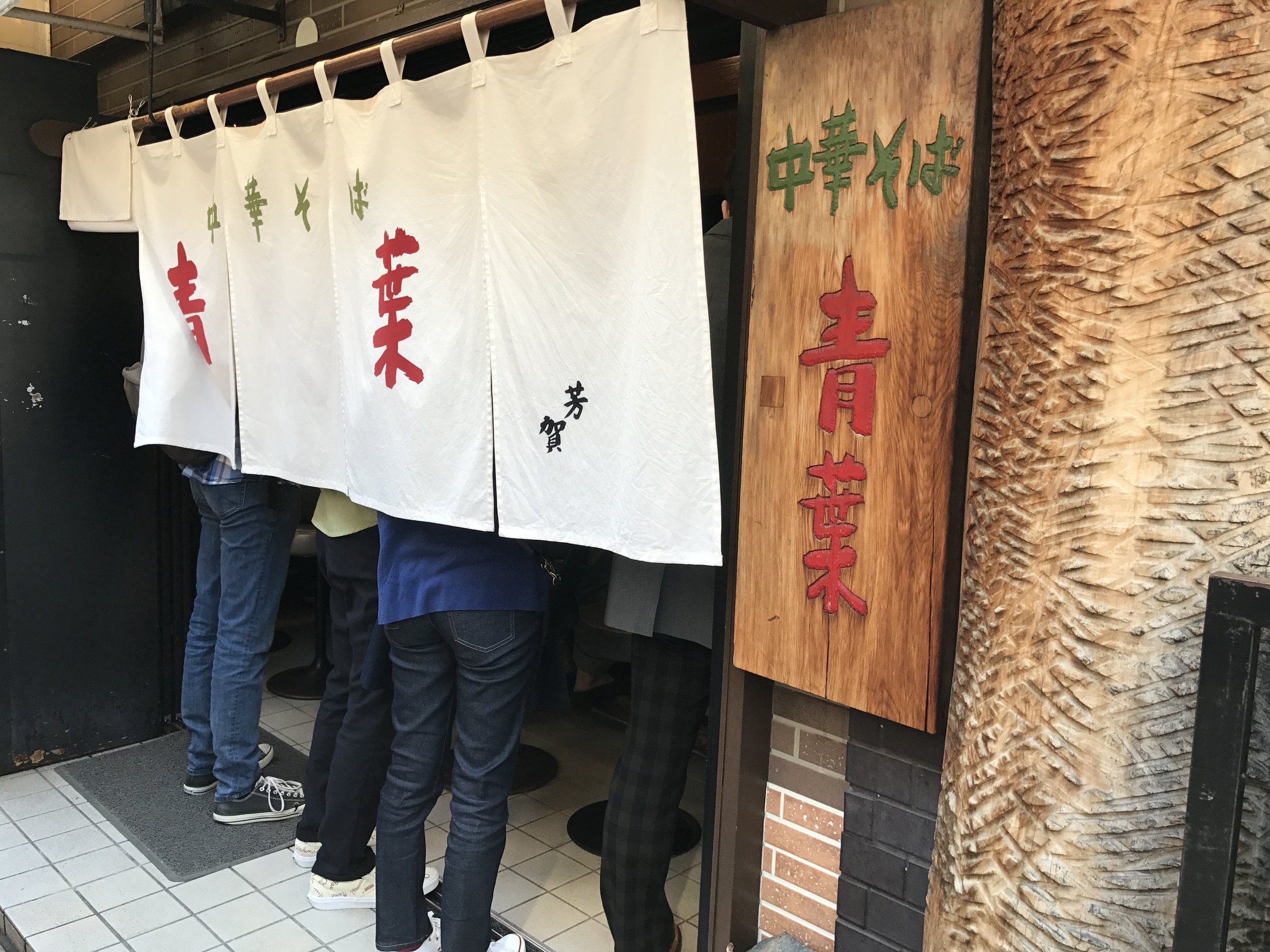Back when I was frantically training for nothing, I learned to hate baths. This made me even more unpopular with my family as my avoidance of soaking in pools of hot water somehow meant that we couldn’t go on vacations to any destination that involved an onsen. This essentially precluded all of Japan and anchored us to Tokyo, where I suspect we would all have preferred to stay, anyway.
I would have gladly gotten naked with strangers to sit in sulfurized water had baths not turned my legs into swollen, water logged sacks of plaster. Even a short dip would leave me feeling like those hot dogs offered by NYC street vendors, miserably bloated with suspiciously cloudy water. Rather than relaxed, I felt like a cheap ham that’s been injected with salt water euphemistically called brine.
Fortunately, in the years since my last bath, I’ve traded training for eating. When I finally caved to the abnormally cold weather this year and dipped a leg into a full bathtub, the only discomfort I experienced involved the rediscovery of the meaty excess of flesh on my body. Even then, the experience was generally enjoyable.
“Ahhh,” I thought, “this is nice.”
People often say things like “I could bathe in that,” with various edible liquids, or pretend to like pictures on Instagram of people consuming food while naked in a bath. Those statements are nearly always suspect, however, when you think of the logistics of actually following through. Kagari’s chicken paitan ramen, though, made me think twice about my own rules on mixing dead skin cells with things that are normally reserved for consumption through your mouth.
Located in Ginza station, the small, brightly lit counter at Kagari seats only eight, and its popularity means that there is always a substantial wait. Anticipating a line, I had brought a book, but as if to guarantee prolonged suffering, the faint scent of ramen would occasionally drift from the back of the shop. As if to heighten the anticipation, once a group of eight left the restaurant, the counter would be cleared, thoroughly wiped down, and chopsticks placed at each seat. The process takes approximately three minutes, and though it is one that displays obvious care, the routine can be torturous to watch for the starving.
An excruciating hour after I arrived, I was seated with a party of six tourists. Unlike most ramen spots, where you buy a ticket at a vending machine, a real person took my order off of a menu consisting of tori paitan soba (鶏白湯SOBA) and tori paitan gyokai tsukesoba (鶏白湯魚介SOBA) (this is the tsukemen version with a chicken and fish broth), with an option to add hot chili oil to either. Each person was also provided with a small dish of minced ginger and fried garlic, condiments that can be added to the ramen to taste. Minutes later, I was served my first bowl of chicken paitan ramen.
Kagari’s regular chicken paitan ramen comes with two thin slices of chicken breast and some bright Japanese vegetables. Everything you are served both balances and complements the creamy let light broth: the noodles are on the thinner side, with just enough starchy chew, and the leanness of the chicken breast – which still manages to be impressively soft – provides a welcome contrast.
After eating half of the bowl unadulterated, I followed the instructions posted on the bar to add ginger, pepper, and vinegar. The condiments, added one at a time to taste, give the same ramen a twist. The ginger gives it a predictable kick, and the rice vinegar – my favorite – rounds out the broth with a refreshing, acidic tang.
I slurped through the rest of my ramen, feeling no shame that in a room full of tourists, I was the only one making any noise. I resisted the urge to recreate the water scene from Flashdance with the remaining broth, and paid at the back of the counter, leaving warm, happy, and sated.
Though I honestly wouldn’t bathe in it, I’d gladly give up baths for endless bowls of that chicken paitan ramen.
Kagari
4-1-2 Ginza Echika Fit
[Get out at Ginza station and walk towards Exit C1; you’ll see a line of people where Kagari is]
Open 11:00-23:00

























